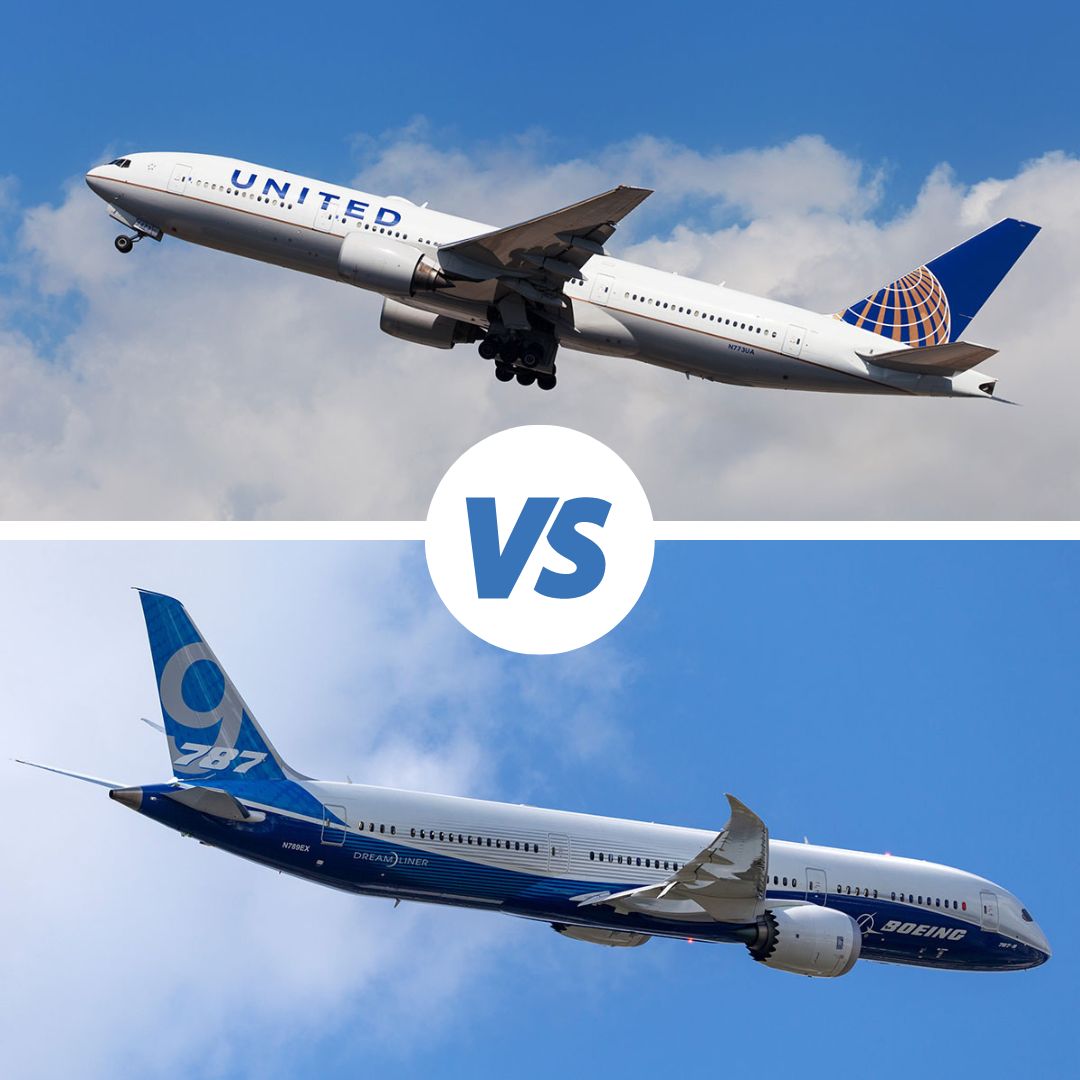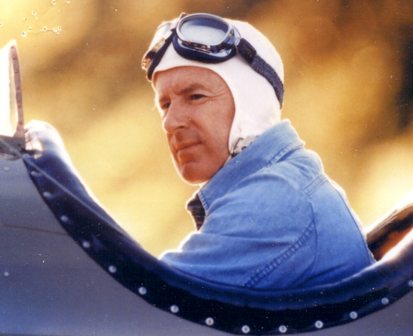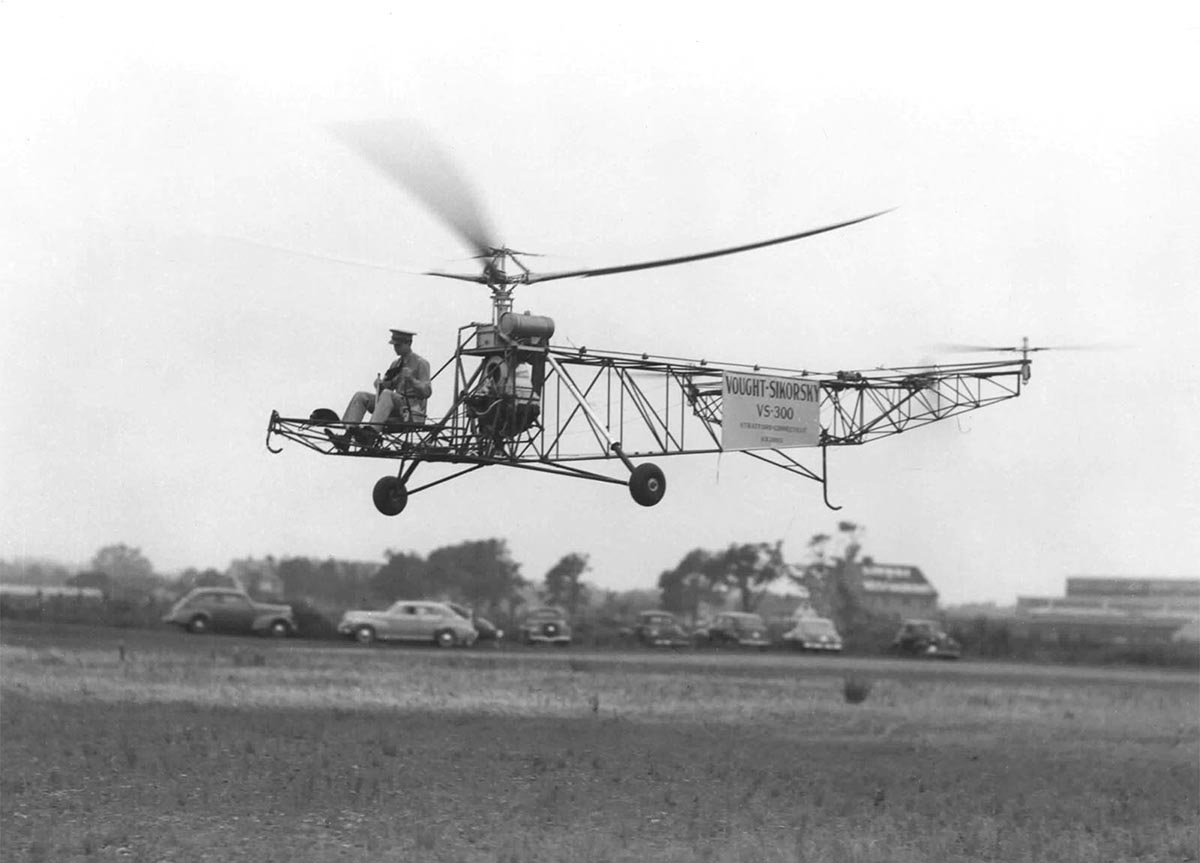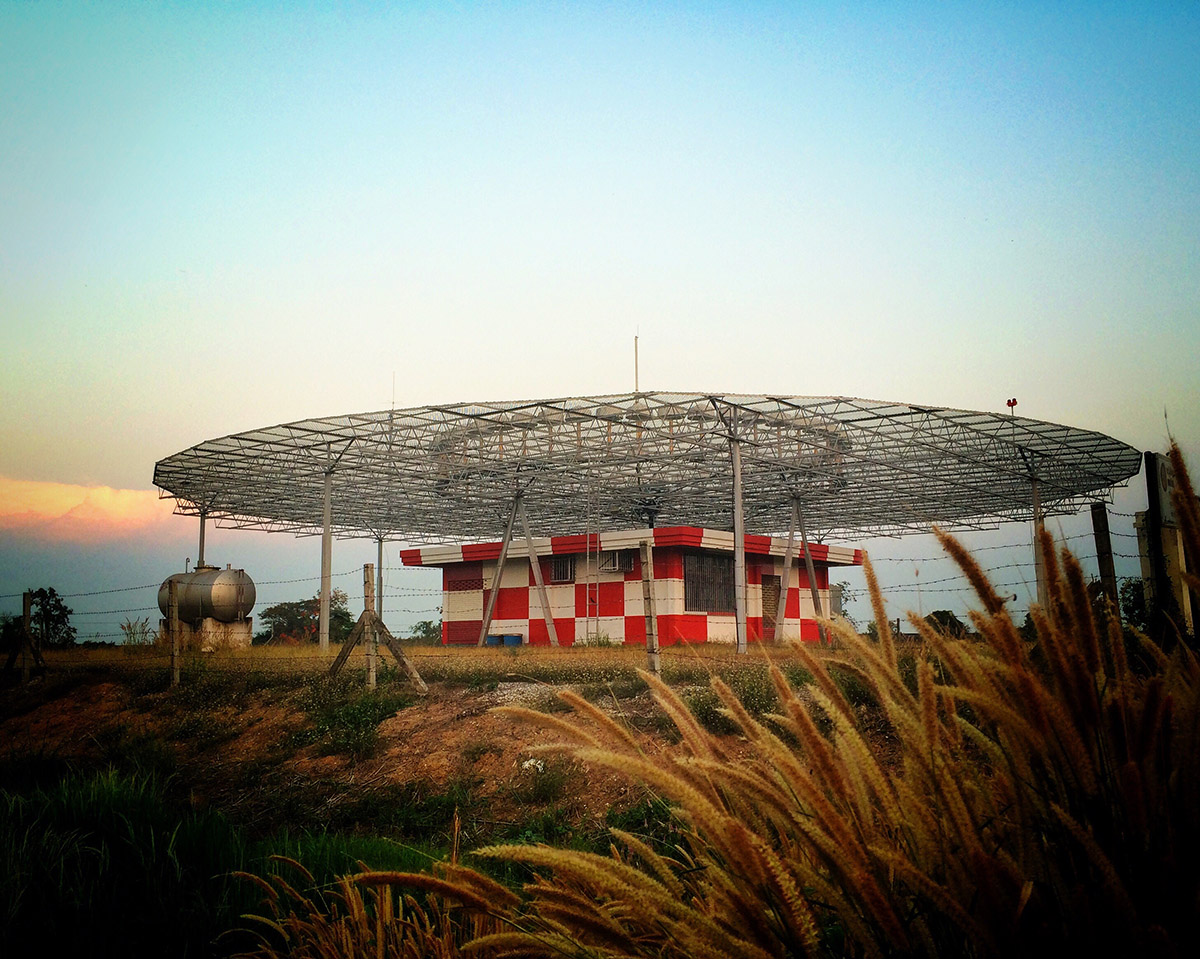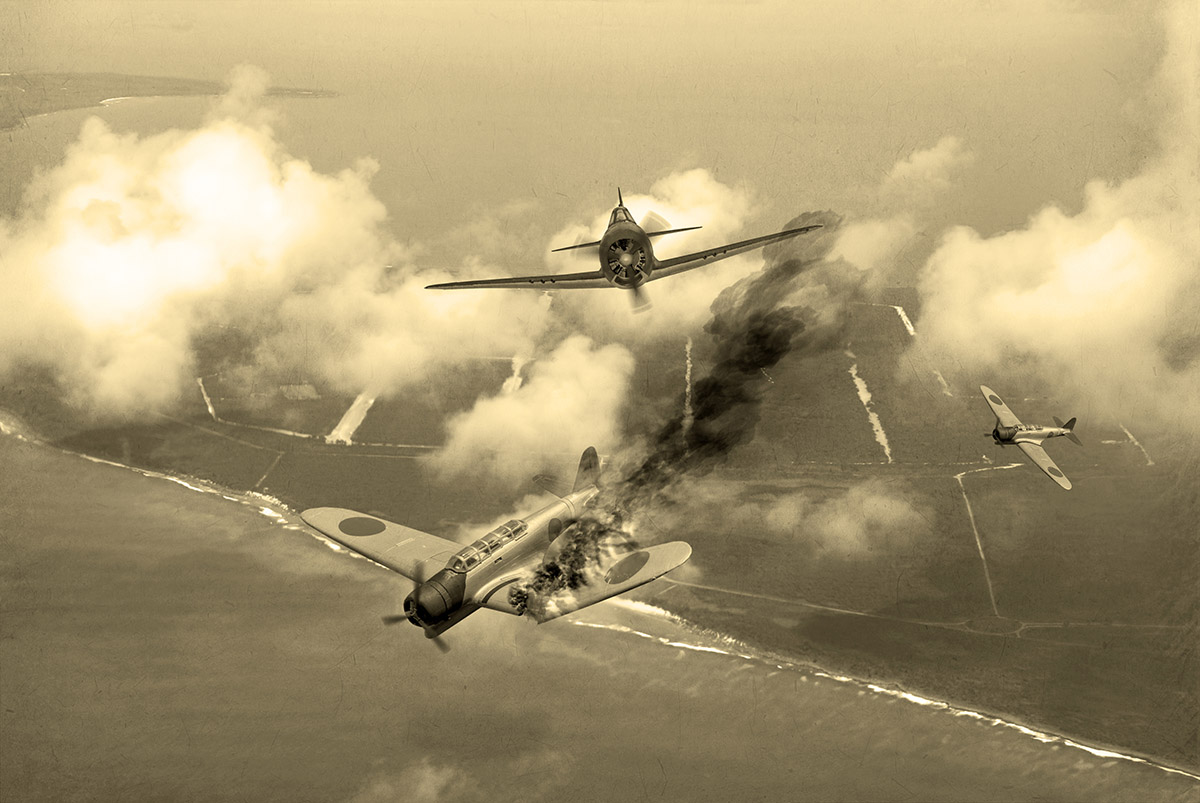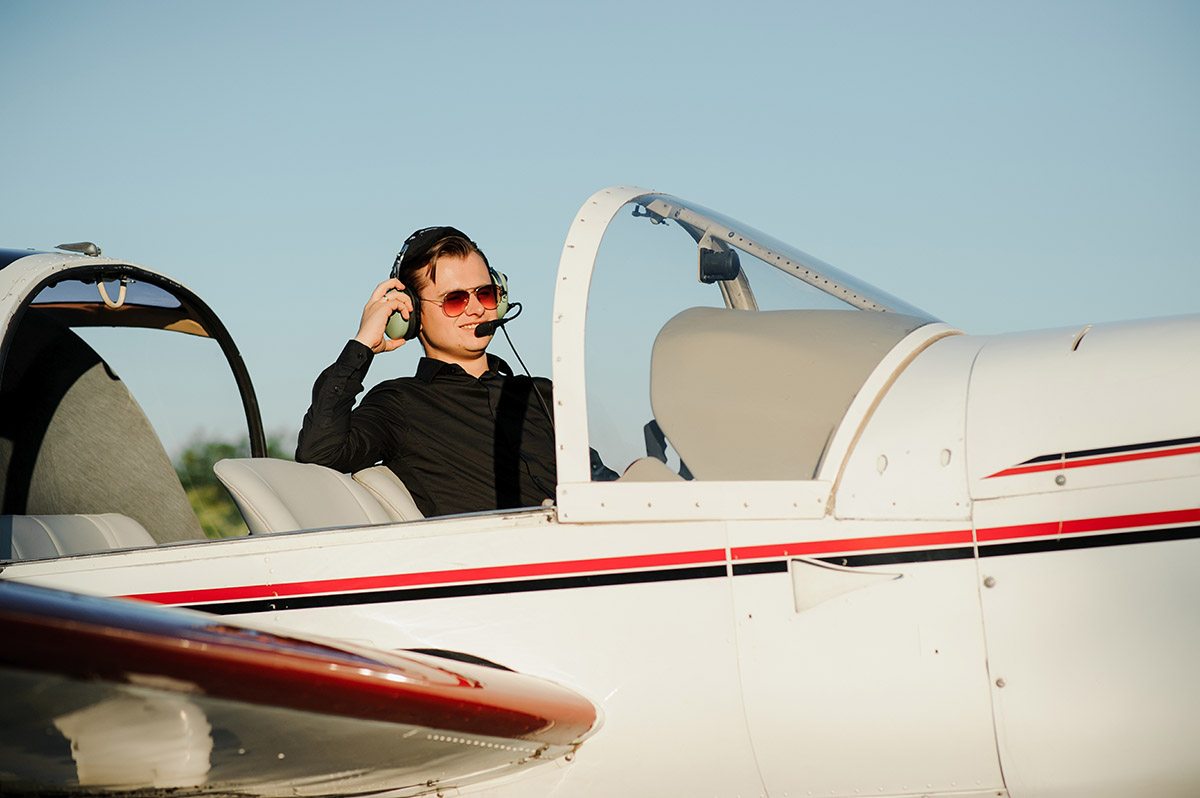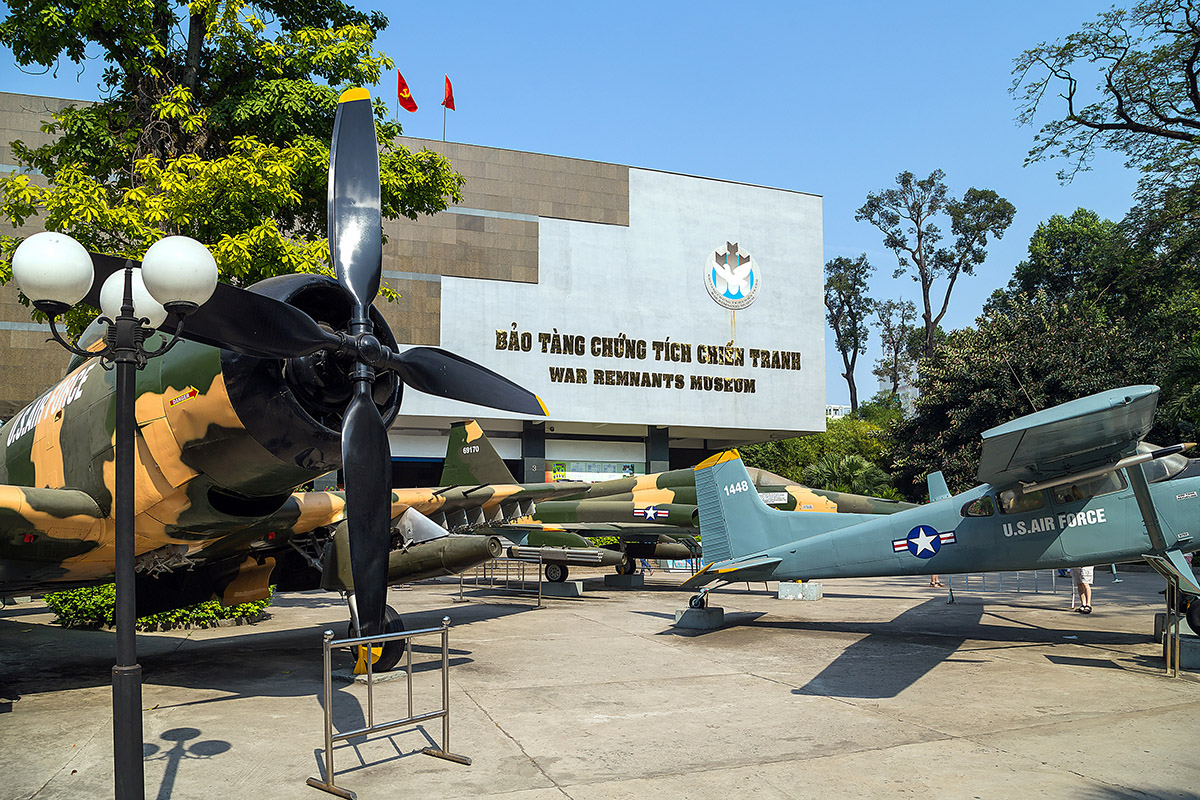Boeing, a major company in the aviation industry, has produced several top-notch airplane models operated by hundreds of major airlines worldwide. Among these are the Boeing 777 and 787, two wide-body jets that have garnered raving reviews.
While those not deeply familiar with airplanes might not notice that many differences, these two aircraft are quite distinct. Let’s take a closer look at the comparison between the Boeing 777 and the 787.
In this article:
An Overview Of Boeing 777 and Boeing 787
Boeing 777
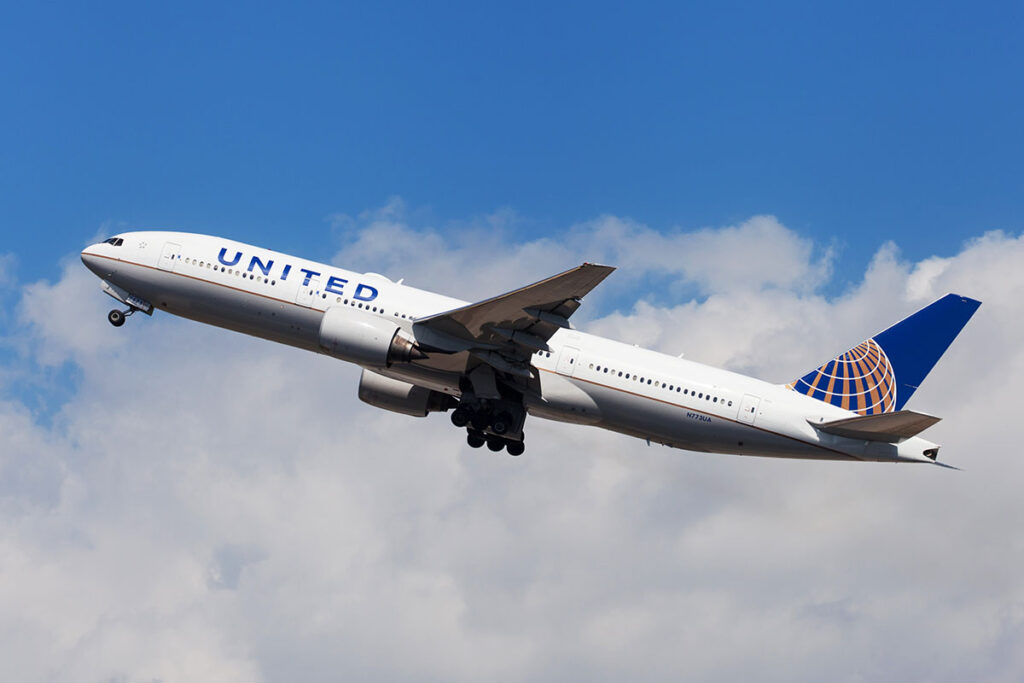
An efficient and reliable long-haul aircraft that has enjoyed insane popularity since its 1994 debut, the Boeing 777 boasts an impressive range of 8,555 nautical miles. This design allows it to fly virtually anywhere without stopping mid-way.
You may find different versions of the 777, such as the 777-300ER, 777-300, 777-200ER, and 777-200.
The -200ER and -200 are smaller, while their -300/-300ER counterparts have much larger sizes. The 777-300ER is also among Boeing’s aircraft models with the most impressive ranges, covering up to 7,250 nautical miles in its best performances.
Another standout feature is the spacious cabins. At 19.25 feet wide, they offer extremely convenient seating arrangements, and their high ceilings also give passengers ample space.
Regarding technology, the Boeing 777 introduces advanced flight management and avionics to streamline the operation/navigation process for pilots of all levels.
Its fly-by-wire (FBW) system also strengthens safety and reduces pilot workload. An electronic interface replaces all traditional mechanical linkages between the pilot’s controls (stick and rudder) and flight control surfaces (ailerons, elevators, rudder).
Boeing 787
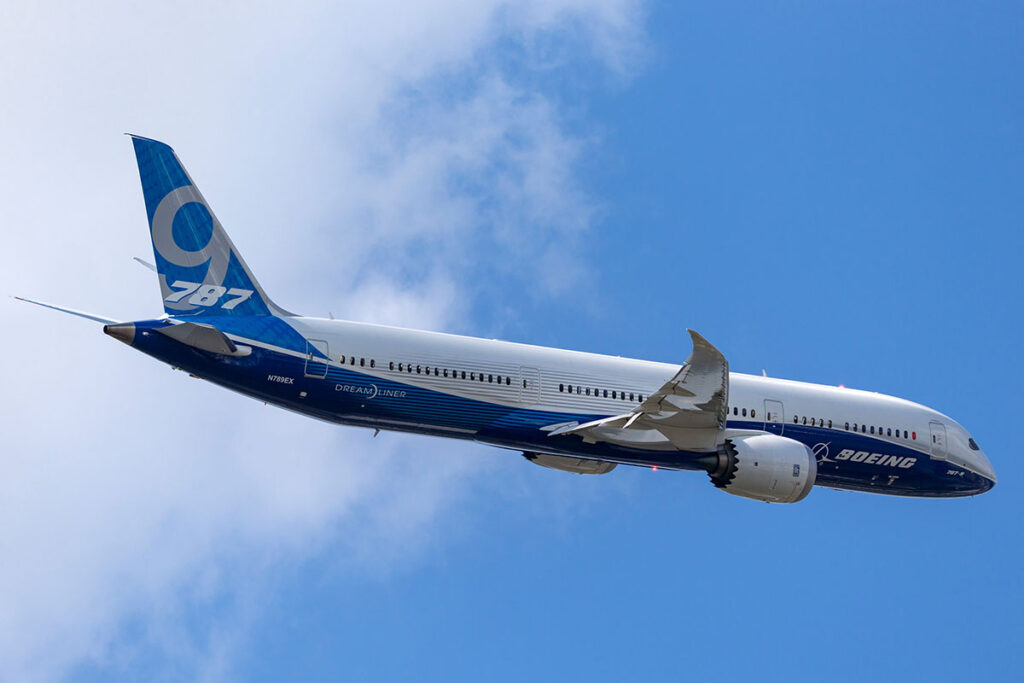
Like its 777 sibling, the Boeing 787 also boasts standout features that make it a top airline choice.
Firstly, the model is crafted from light composite materials and, thus, consumes much less fuel than older planes. This design translates to significant fuel cost savings for airlines in the long run.
Secondly, passenger comfort is the priority here. The 787 boasts quiet cabins, large windows, and great air quality to ensure a more pleasant experience for passengers, especially on hours-long flights.
And that’s not all. The Boeing 787 is also packed with state-of-the-art technology, including advanced computer systems and avionics, to make flying safer and easier for pilots. It also gives the aircraft a much longer range, allowing it to cover great distances without refueling stops.
All in all, it’s an amazing choice for airliners seeking to reduce fuel expenses and offer superior passenger comfort.
Dreamliner 787 vs 777: How Are They Different?
The Boeing 777 can accommodate more passengers, with a seating capacity of 313 to 392. It boasts a slightly wider cabin than the 787 and has a wider operational range due to the more powerful engines.
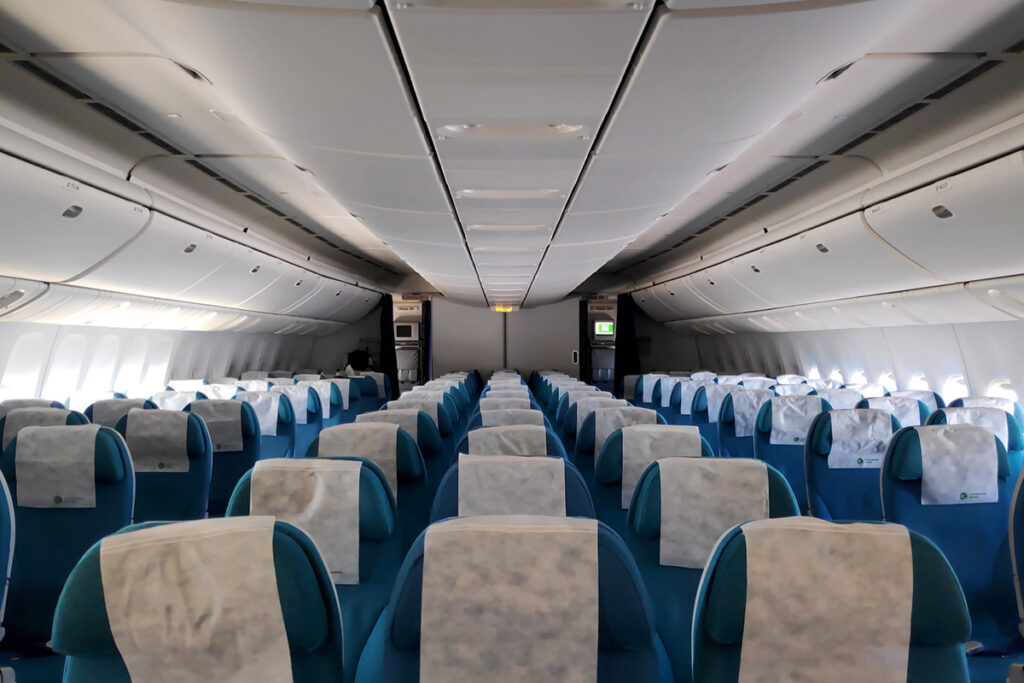
On the other hand, the Boeing 787 is generally more affordable, fuel-efficient, and offers a smoother ride owing to its reduced air turbulence. Its lightweight materials also give the model some speed advantages and reduce unwanted engine noises inside the cabins, resulting in incredible comfort benefits.
Technical Specs
Below, you’ll find our comparison table detailing the technical specs of each variant in the Boeing 787 and 787 series. It provides a comprehensive overview of their speed, range, dimensions, and capacity.
The Boeing 777:
| Specification | 777-300ER | 777-300 | 777-200LR | 777-200ER | 777-200 |
| Wingspan | 64.8 m | 60.93 m | 64.8 m | 60.93 m | 60.93 m |
| Length | 73.9 m | 73.9 m | 63.7 m | 63.7 m | 63.7 m |
| Range (nm) | 7,370 nm | 5,845 nm | 9,290 nm | 7,510 nm | 5,120 nm |
| Range (km) | 13,650 km | 10,820 km | 17,205 km | 13,900 km | 9,480 km |
| Seating capacity | 392 | 392 | 317 | 313 | 313 |
The Boeing 787:
| Specification | 787-10 | 787-9 | 787-8 |
| Length | 68 m | 63 m | 57 m |
| Wingspan | 60 m | 60 m | 60 m |
| Seating capacity | 336 | 296 | 248 |
| Range (nm) | 6,330 nm | 7,565 nm | 7,305 nm |
| Range (km) | 11,730 km | 14,010 km | 13,530 km |
The 777 model is generally recommended for airlines that need aircraft with extensive operational ranges (no en-route landings or frequent refueling). However, from our observation, the 787 has a slightly better speed advantage than the 777: the latter’s maximum speed averages around Mach 0.89, while the 787 reaches Mach 0.90.
Passenger Capacity/Comfortable Experience
The Boeing 777:

The Boeing 777 is known for its spacious interior, with larger aisles and wider seats than any Boeing commercial airplane. It accommodates up to 392 passengers for a regular two-class setup, aided by a spacious cabin measuring 19 feet 3 inches (5.87 meters) across.
The Boeing 787:

On the other hand, the 787 seats 336 passengers (maximum) in a similar two-class layout (56 fewer than the 777), with a slightly narrower cabin at 18 feet (5.5 meters).
Despite this, the 787 boasts larger windows that give way to stunning views, not to mention the electronic dimming feature for lighting control. Plus, around 80% of the aircraft’s structure is made of composite materials, resulting in a much quieter cabin environment.
Engine Configurations
The Boeing 777 aircraft uses different types of engines depending on its specific model; some examples are the Rolls-Royce Trent 800, General Electric GE90, and Pratt & Whitney PW4000. On the other hand, the 787 employs either the Rolls-Royce Trent 1000 or General Electric GEnx engines.
One key difference is the amount of thrust those engines can produce:
- The GE90 (Boeing 777) powerhouse can generate thrust from 110,000 to 115,300 lbf (pounds-force)
- Both engines used for the 787 only provide around 76,000 lbf of thrust.
Fuel Efficiency
The 787 is often seen as more fuel-saving than the 777, largely due to its streamlined design and incredibly lightweight materials.
According to our sources, 777’s fuel consumption is between 6,080 and 7,500 liters an hour (varying depending on the specific model). The 787 performs significantly better in comparison, with its fuel consumption falling between 4,900 and 5,600 liters an hour.
For long-haul flights:
- The Boeing 777-300ER consumes fuel at 2.9 liters per 100 kilometers per seat.
- The 787-10 achieves even better efficiency, using only 2.27 liters per 100 kilometers per seat.
For every 100 kilometers per seat, the 787-10 saves about 0.63 liters more fuel than the 777-300ER. That might not seem like much at first glance, but these small savings add up to significant amounts over the course of a really long flight. It also allows airlines to offer more affordable flight tickets for long-distance routes.
Listed Prices
According to Statista, the 777-200ER costs around $306.6 million, while the 777-9 (one of Boeing’s pricier models) is listed at around $442.2 million (March 2022).
Meanwhile, the least expensive model of this aircraft family is the 787-8 (priced at $248.3 million), followed by the 787-10 at $338.4 million (March 2022).
Still, it’s important to note that these prices are only approximate and vary based on key factors like bulk orders, customization, negotiations between Boeing and airlines, and more.
Safety
Both 777 and 787 are considered much safer than older models. Nevertheless, there are important safety differences to consider.
777:
The 777 boasts outstanding safety features, including:
- Improved warning system for ground proximity
- Electro-optic warning system for terrain (sending alerts when pilots are too close to obstacles or terrain)
- Impressive coverage even when one engine is not functioning (pilots can safely land their planes at a nearby airport)
- Triple-redundant control computer (better safety when one computer fails)
787:
The 787 also comes with a similar advanced safety system as the 777, along with new updates:
- Longer and wider aisles for passengers
- Smooth engine takeoff performance to improve takeoff safety and minimize air turbulence
- Plastic wings, reinforced by carbon fiber to handle more motions than 777 and result in smoother rides
Overall, both models are incredibly reliable in this regard. However, we must say the Boeing 787 is the better aircraft for travelers looking forward to ultimate safety without giving away smooth flight experiences.
Orders/Deliveries
By July 2023, the 777 had received 1,713 deliveries and 2,150 orders. Emirates leads the list with 255 orders; Qatar Airways follows closely behind (159 orders), and Singapore Airlines runs third with 116.
On the other hand, the 787 had accumulated 1,072 deliveries and 1,756 orders. United Airlines holds the top spot with 171 aircraft.
Summary Chart
| Category | Boeing 777 | Boeing 787 |
| Wingspan | 64.8m (777-300ER), 60.93m (others) | 60m |
| Length | 63.7m (all variants) | 57m (787-8), 63m (787-9), 68m (787-10) |
| Range (nm) | 5,845nm – 9,290nm | 6,330nm – 7,565nm |
| Range (km) | 10,820km – 17,205km | 11,730km – 14,010km |
| Seating Capacity | 313 – 392 | 248 – 336 |
| Interior Width | 19ft 3in (777) | 18ft (787) |
| Window Size | Standard | Larger |
| Engine Options | Rolls-Royce Trent 800, GE90, PW4000 | Rolls-Royce Trent 1000, GEnx |
| Engine Thrust | 110,000 – 115,300 lbf | 76,000 lbf |
| Fuel Consumption | 6,080 – 7,500 liters/hr | 4,900 – 5,600 liters/hr |
| Efficiency (per 100 km a seat) | 2.9 liters (777-300ER) | 2.27 liters (787-10) |
| Approximate Cost | $306.6M – $442.2M | $248.3M – $338.4M |
| Safety Features | Enhanced warning systems,Triple-redundant computer | Same as 777 + longer aisles & reinforced plastic wings |
777 vs 787 Dreamliner: Which One Will Dominate?
Deciding which model will come out on top is not easy.
Airlines are eager to try out the latest version of the 777, with incredible efficiency and capacity suitable for the busiest routes worldwide. Many 787 models struggle to handle these.
However, Boeing has faced considerable delays and heightened scrutiny from the FAA, which has increased challenges in meeting delivery deadlines. As a result, the company continues to rely on the 787s for short, less densely-traveled routes.
Conclusion
The Boeing 787 vs 777 competition is quite fierce. The 777, being the elder of the pair, has proven itself capable throughout the decades; however, the 787 brings more updated safety features to the scene.
Feel free to reach out if you have any questions about these wide-body aircraft models.

